








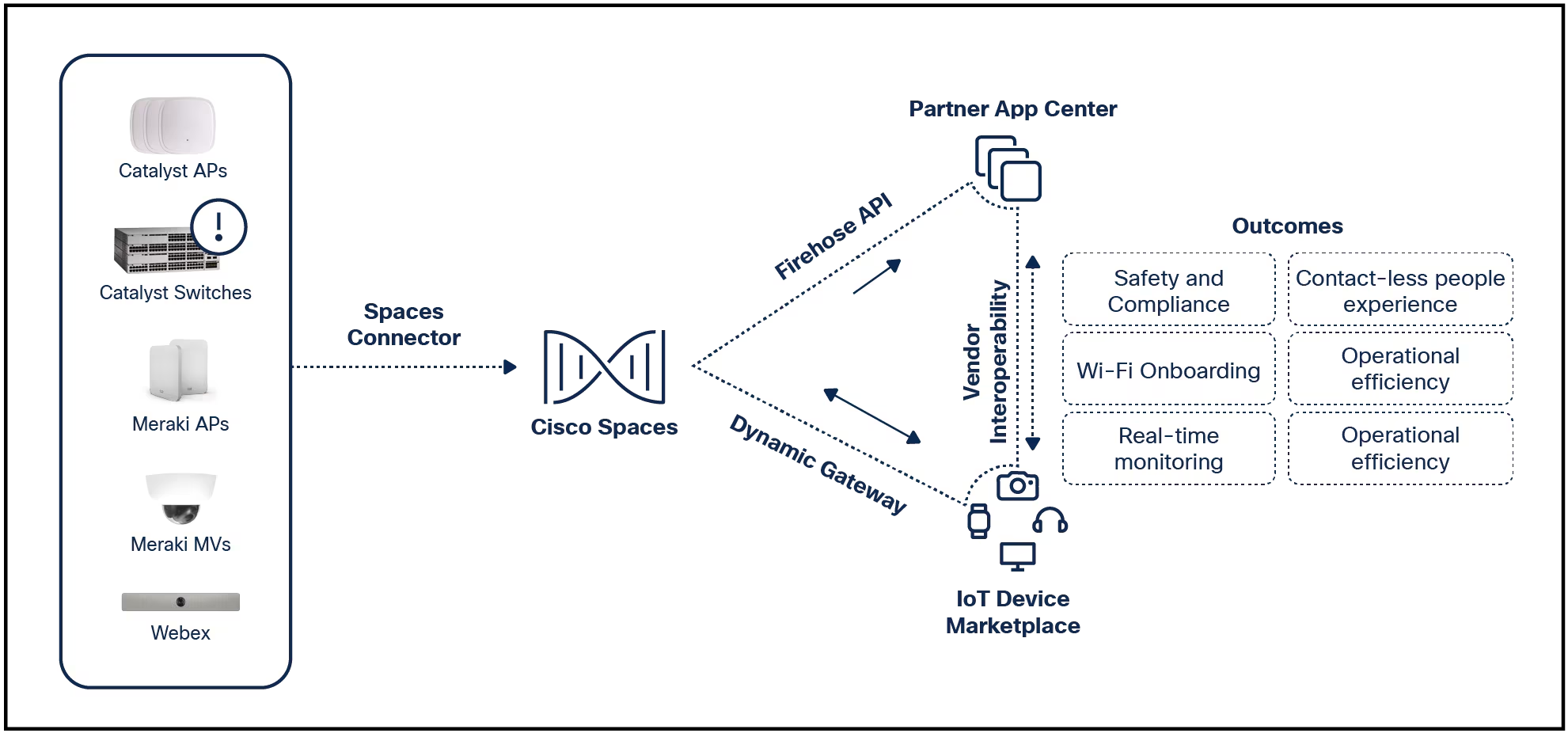

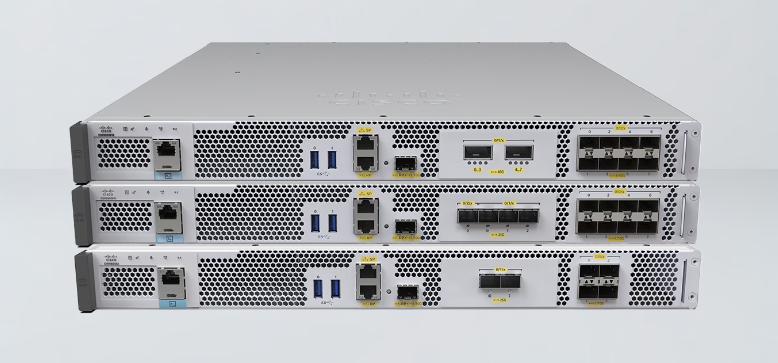




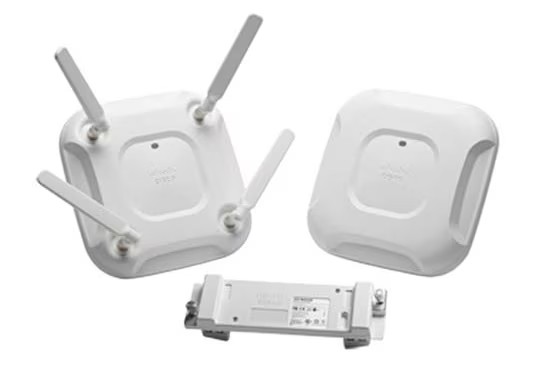


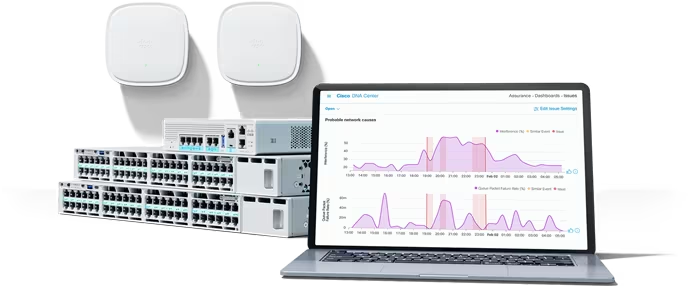





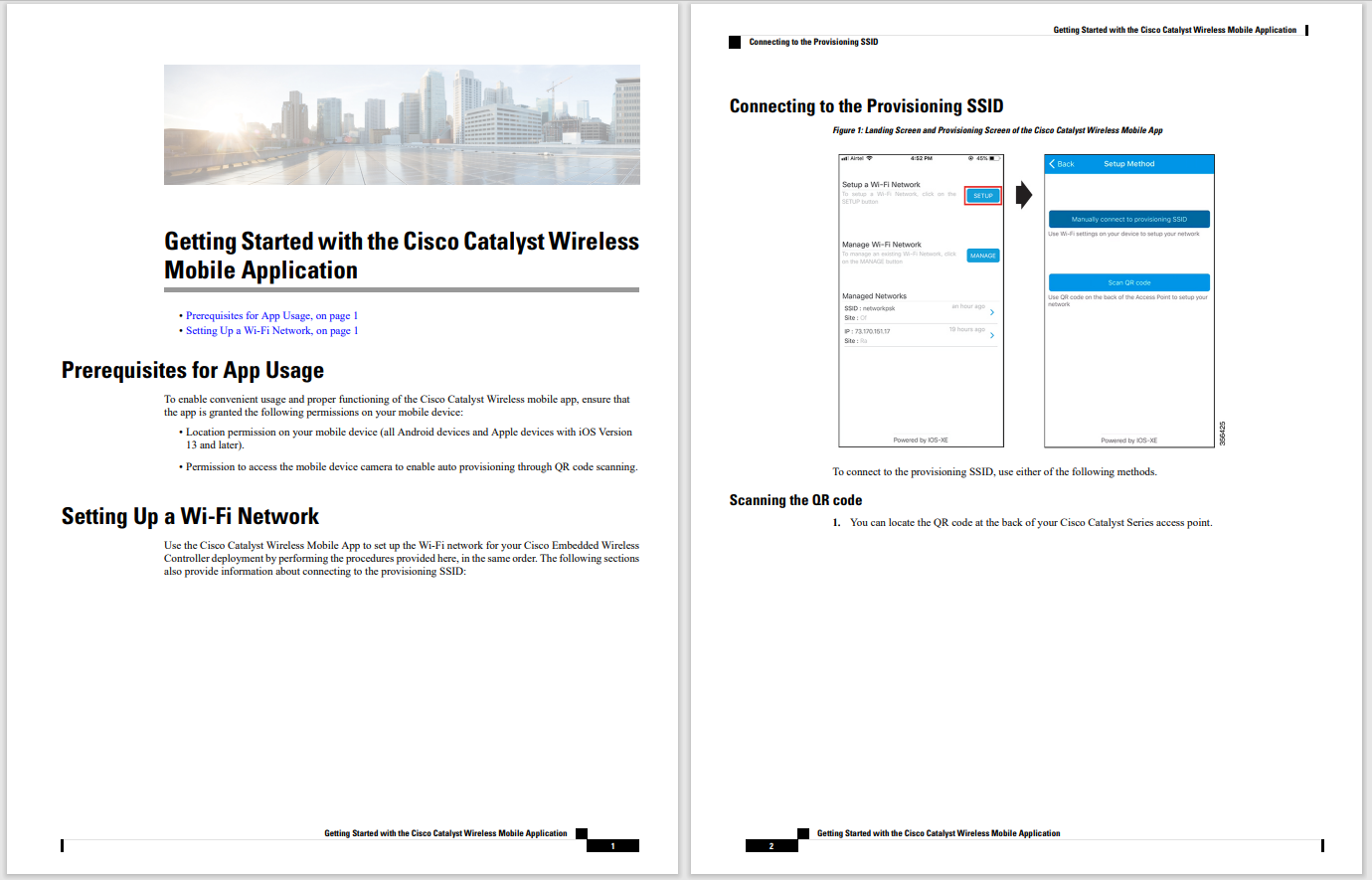



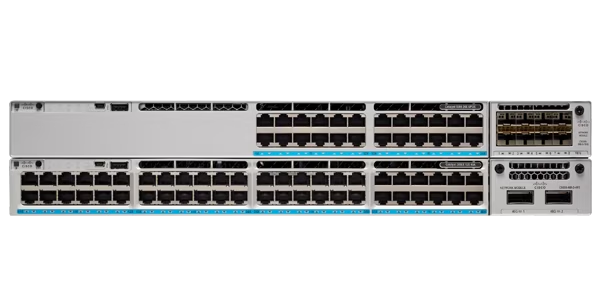


Now that the Cisco Global Problem Solver Challenge 2021 winners have been officially announced, we are excited for you to learn more about each winning team and the story behind each innovation.
The Cisco Global Problem Solver Challenge is an annual competition that awards cash prizes to early-stage tech entrepreneurs solving the world's toughest problems. Now in its fifth year, the competition awarded its largest prize pool ever,$1 million USD, to 20 winning teams from around the world.
This year, Cisco introduced a special$50,000 USD Greenhouse Gas Solutions Prize to recognize a team that is using technology to address the increasing amount of greenhouse gases in the Earth's atmosphere.
This prize was awarded to US-based Remora. Their solution captures at least 80 percent of carbon dioxide emissions from semi-trucks, which can then be sold to concrete producers or other end users, or permanently sequestered in depleted oil wells. According to the U.S. Environmental Protection Agency (EPA), medium and heavy-duty trucks account for 24 percent of the transportation sector's carbon emissions, so taking a big bite out of their emissions could make a huge impact.
I had the privilege of speaking with Remora CEO and co-founder Paul Gross to learn more about the technology, its potential impact, and how companies are already signing on to work with his team.
 Paul:Trucks move 70 percent of all goods in the United States. We have two million semi-trucks that create hundreds of millions of tons of carbon emissions every year -it's a huge contributor to greenhouse gas emissions and climate change. Electrification is not going to be a solution to reduce emissions for long-haul trucking, primarily because of the weight of the batteries.
Paul:Trucks move 70 percent of all goods in the United States. We have two million semi-trucks that create hundreds of millions of tons of carbon emissions every year -it's a huge contributor to greenhouse gas emissions and climate change. Electrification is not going to be a solution to reduce emissions for long-haul trucking, primarily because of the weight of the batteries.
Gasoline is 35 times more energy dense than batteries, which means that to electrify a long-haul truck, you are going to lose significant payload capacity.
We know from many, many conversations with the trucking industry that payload capacity is the single biggest concern, so even taking away ten thousand pounds with battery weight, let alone twenty or thirty thousand pounds, is a non-starter.
On top of this, we would have to replace every single truck on the road and overhaul the grid to make it completely renewable to make electrification carbon neutral.
Remora is trying to develop a cheap solution that retrofits onto existing trucks and makes them extremely low carbon. Our goal is to build something that is ready to go now, not in a couple of decades, and that can prevent hundreds of millions of tons of carbon emissions from entering the atmosphere every year.
We've been excited to see that many big companies, just in the last year or even six months, have made ambitious pledges to reduce their carbon emissions by 2025 or by 2030. These companies rely on huge fleets of semi-trucks, and really there is no other solution for decarbonizing those trucks on that timeline, so we want to get this technology scaled up as quickly as possible.
Paul:The technology that Remora uses was developed by my co-founder Christina Reynolds, during her PhD at the University of Michigan. She spent two years bench testing, two years vehicle testing, and then she got funded by the EPA to test the technology in their National Vehicle and Fuel Emissions Lab. She is the visionary who developed the technology and her breakthrough allowed us to start this company. So, what I'm describing is the technology that she developed.
It works like a big filter on the back of the truck. Our device attaches to the tailpipes and inside, the exhaust goes through an absorbent bed, which is a big chamber filled with gravel-like material. The carbon dioxide molecules attach to the gravel-like material, while the harmless gases like nitrogen and oxygen flow right through and out into the atmosphere. Then, we heat up the absorbent bed, which releases the carbon dioxide, so we get this pure stream that we can put in a little tank inside the device. While we are heating up the adsorbent bed, we run the exhaust through a second bed, so that we are able to capture new carbon dioxide while we regenerate the first bed. The whole process is powered by the heat from the truck's exhaust, so it is extremely energy efficient.
We offload the pressurized carbon dioxide into an offload tank, where it becomes a refrigerated liquid. The offloading is simple; the driver attaches a hose to the device; the device pumps the carbon dioxide into the offload tank. The whole process takes five minutes.
We are piloting our technology with some of the largest trucking companies in the United States, and some of the largest companies in the world, starting this October. We're overwhelmed with the companies that are excited to do this, so that's a really good place to be.
 Photo credit: Robert Coelius, University of Michigan
Photo credit: Robert Coelius, University of MichiganPaul:There is significant computing power inside of our device. There are a bunch of different scenarios where the device must make decisions. For example, if the absorbent bed has been filled up and we divert the carbon dioxide to the second bed, that is all done with onboard control units. Plus, there are sensors inside the device. There is one that reads the carbon dioxide when it comes out of the tailpipe, so we can figure out how much carbon dioxide we are capturing. And we also have a sensor on the huge offload tank, which streams live data back to us about how much carbon dioxide is inside and what the pressure is.
One thing we are excited about at Remora for the future is that we will be creating a high-quality data stream about trucks and their carbon emissions, and how we are able to reduce them, which will help companies quantify their carbon footprints as well.
 Photo credit: Robert Coelius, University of Michigan
Photo credit: Robert Coelius, University of MichiganPaul:Climate change is an extremely pressing problem. It is the challenge of our generation to figure out, and we don't have time to wait. We have waited far too long already and we need to take action now. I didn't want to spend five years after college doing something else. I asked what the highest impact thing I could do was, and when I read Christina's dissertation, I felt like [her research] needed to happen in the real world. Every UN report says we need carbon capture to get to zero [carbon emissions]. It's essential, but nobody was building a company that was figuring out a way to make carbon capture scalable. So, I felt like I should at least give it a try. This is going to only get worse, unfortunately, and we need to figure it out quickly.
Paul:It is going to be hugely helpful. Our three goals at Remora are to make our device weigh less, be smaller, and capture more carbon dioxide. This prize money will be put into our R&D work, led by Christina, to accomplish those three goals. It's going to allow us to buy technology for our lab that we need to run these tests and to make this technology work better for our customers. It will make a big difference for us.
 Team Remora, from left to right: Paul Gross, Christina Reynolds, and Eric Harding
Team Remora, from left to right: Paul Gross, Christina Reynolds, and Eric HardingPaul:I have two pieces of advice. The first is, don't wait. I started Remora after college, and I wasn't an expert in carbon capture or trucks. Instead of waiting, or getting a PhD first, maybe you can find someone with a PhD in the relevant subject. There are so many amazing engineers and scientists out there who are just looking for someone to do the work of starting the company and raising money. The other thing is, the larger the ambition, the easier it becomes, because people are so willing to help. From the very start, we were trying to be very ambitious, and professors were reaching out to help, many people wanted to join the team, and people were excited to fund us -just because we are doing something that could have a huge impact. So, while doing something much smaller might feel easier at the outset, it might be harder because there will be less wind at your back. Try to do something as big and ambitious as possible.
Stay tuned for more articles in ourGlobal Problem Solver blog series, featuring interviews with every Cisco Global Problem Solver Challenge 2021 winning team!

 Hot Tags :
Corporate Social Responsibility (CSR)
social entrepreneurship
Cisco Global Problem Solver Challenge
Cisco Global Problem Solver Challenge 2021
Hot Tags :
Corporate Social Responsibility (CSR)
social entrepreneurship
Cisco Global Problem Solver Challenge
Cisco Global Problem Solver Challenge 2021